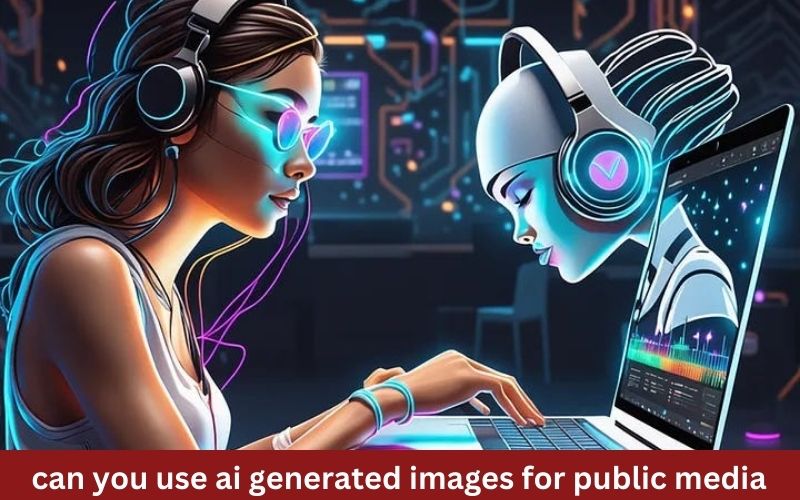The advent of AI has revolutionized image creation, churning out hyperrealistic visuals at unprecedented speeds. The allure of these synthetic images is undeniable, tempting media outlets to incorporate them into their content. However, the question remains: Can you safely use AI-generated images for public media? Let’s delve into the complexities surrounding this emerging technology.
Copyright Conundrums
One of the most pressing concerns is copyright. AI models are trained on vast datasets, often including copyrighted images. This raises questions about the ownership of AI-generated outputs. While some jurisdictions lean towards considering AI-generated works as fair use, others remain uncertain. Using copyrighted material without proper authorization can lead to legal repercussions.
Ethical Implications
Beyond copyright, ethical considerations loom large. AI models can perpetuate biases present in their training data, leading to the dissemination of discriminatory or misleading images. For instance, an AI model trained on a dataset with limited representation of certain demographics might generate images that reinforce stereotypes. Public media has a responsibility to present accurate and unbiased information, and AI-generated images could undermine this goal.
Impact on Creative Industries
The proliferation of AI-generated images poses challenges to creative professionals. If AI can produce high-quality images with minimal human intervention, it could potentially displace photographers, illustrators, and graphic designers. This could lead to job losses and a decline in artistic diversity.
Mitigating Risks
While the challenges are significant, responsible use of AI-generated images is not impossible. Media outlets can take steps to mitigate risks. Rigorous fact-checking and image verification processes are essential. Collaborating with AI developers to address biases in training data can help ensure fairness. Additionally, supporting initiatives that protect the rights of artists and creators is crucial.
Deepfakes and Misinformation
AI-generated images can be manipulated to create deepfakes, which are highly realistic but fabricated videos or images. These can be used to spread misinformation and propaganda, undermining trust in media and public discourse. Media outlets must be vigilant in detecting and debunking deepfakes.
Economic Impact
The use of AI-generated images could have significant economic implications. While it may reduce costs for media organizations in the short term, it could also lead to job losses and decreased revenue for the creative industry. The long-term economic impact is still uncertain.
Public Perception
The public’s perception of AI-generated images is crucial. If the public loses trust in the authenticity of visual content, it could erode the credibility of media outlets. Transparency about the use of AI-generated images is essential to build trust.
Legal Landscape and Copyright
The legal status of AI-generated images is still evolving. Questions surrounding copyright ownership, fair use, and potential infringement are complex. Media organizations must tread carefully to avoid legal disputes and reputational damage.
Impact on Creative Professionals
The widespread use of AI-generated images could disrupt the creative industry. As AI becomes more capable, there is a risk of job displacement for photographers, illustrators, and graphic designers. It is essential to consider the economic impact on creative professionals and explore ways to support them.
Public Trust and Misinformation
AI-generated images can be manipulated to create deepfakes, which can be used to spread misinformation and erode public trust. Media outlets must employ robust verification processes and fact-checking to protect their reputation and the public’s confidence.
Opportunities and Responsible Use
While challenges abound, AI-generated images also offer potential benefits. They can be used to create visually stunning content, enhance storytelling, and reach new audiences. However, responsible use is key. Media organizations should establish clear guidelines, invest in AI literacy, and collaborate with experts to harness the technology ethically and effectively.
Transparency and Disclosure
Building trust with audiences is paramount. Media organizations should be transparent about the use of AI-generated images. Disclosing when an image is AI-generated can help maintain credibility and foster open dialogue with the public.
Conclusion
The use of AI-generated images in public media is a double-edged sword. While it offers potential benefits in terms of efficiency and creativity, the associated risks cannot be ignored. As the technology continues to evolve, it is imperative for media organizations to tread carefully, prioritize ethical considerations, and uphold journalistic integrity.
By understanding the legal, ethical, and societal implications, media outlets can make informed decisions about incorporating AI-generated images into their content while minimizing potential harm.




